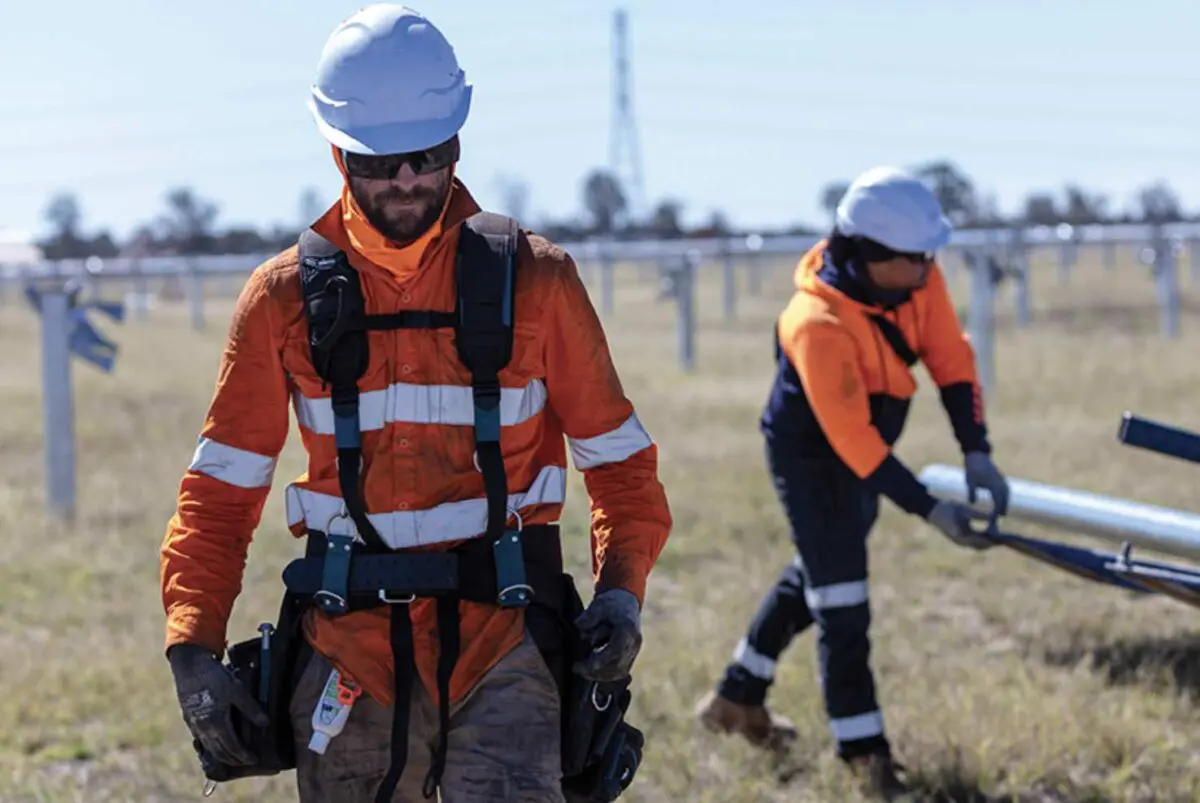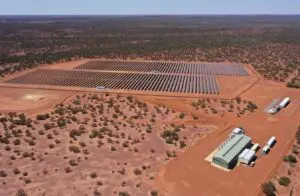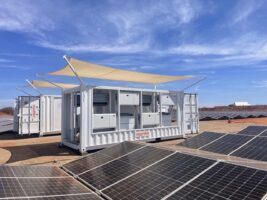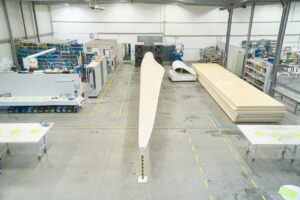Fears of an inflationary hit from a massive spend on renewable energy are “unfounded”, according to independent economic analysis.
The research comes as energy ministers prepare to meet in Canberra on Friday to press ahead with the overhaul amid fears clean energy development has stalled and a political backlash from others who claim it’s going too fast.
Co-authored by former central bank deputy governor Guy Debelle, the latest economic modelling estimated the shift to renewable energy and green technology would require $625 billion over three decades.
But a strategic clean energy rollout would help households and businesses avoid blackouts and the price spikes of volatile oil and gas markets, he found.
In fact, investment to unshackle Australia’s electricity from fossil fuels was tipped to bring more economic stability than replacing existing gas and coal generation with more of the same.
Replacing and meeting new demand with fossil fuel-powered generation was estimated to cost $400 billion, and would leave the Australian economy at the mercy of volatile global commodities markets.
“Fears of potential inflationary pressure from a green energy transition are unfounded,” Dr Debelle said.
He said there may be challenges from the scale of development but it wasn’t the first time Australia had faced a massive build-out of new infrastructure
Australia can apply the lessons learned from previous investment boom-bust cycles for mining and gas.
“Not only will it set us up as a global leader in green technology, it will safeguard Australia’s energy future and, most importantly, reduce emissions and mitigate climate change,” Dr Debelle said.
Critics also forget the reduction in development costs over time from advancements in solar, wind and batteries.
Significant investment is required as it’s not a choice between investing in renewables or doing nothing, according to the report published by the independent Centre for Policy Development.
A rapid transition to renewable energy would be the “most prudent” way to ensure a steady supply to meet Australia”s needs, the report found.
It also recommends investment in energy storage – regardless of whether it supports renewables or fast-start gas generators – and transmission infrastructure.
The centre’s sustainable economy program director Toby Phillips said around 12 gigawatts of coal and gas power would retire by 2030, and there were not enough projects coming online to replace it.
Some 38GW will have gone by 2050 as fossil fuels are phased out, even as the Australian Energy Market Operator expects demand to significantly increase as the nation electrifies.
Put together, there is a gap of almost 60GW that needs to be filled by 2050, the report warned.










